Florence and the Architecture of Shadows
Light, stone, and the beauty that hides in plain sight
It’s often called the cradle of the Renaissance – the city where art, science, and humanism took flight in the 14th and 15th centuries.
Today, Florence – set in the Arno river valley where the summer heat lingers – is crowded most seasons of the year. For many, it’s a checklist stop: admire the magnificent Duomo, glimpse Botticelli and Michelangelo, eat a bistecca alla fiorentina, drink a glass of Chianti (to help endure the crowds), and then move on.
But if you narrow your field of view, the city shifts. The glare softens, the noise fades, and Florence begins to reveal itself in smaller gestures – the way light glances off stone, or how a shadow slips across a staircase. It becomes a place of detail, of craft, of passion. A place where beauty exists outside the famous masterpieces and is tucked into corners, spilling through windows, etched into walls.
I’m fortunate to be able to visit and photograph Florence often. This set of photographs returns to my roots as a traditional black and white photographer. Though photographed with various digital cameras, for me the monochrome view pares those basic qualities of light, shadow, form and texture down to their essence.
The figure of a winged child, arms raised, catches light spilling through a patterned window. The stone seems to breathe for a moment, the sculpture not frozen but lifting itself skyward. Florence is full of these small miracles – artworks made centuries ago, waiting in quiet chapels and side corridors, only coming alive when the sun happens to strike them just so.
Elsewhere, it’s the stairs and thresholds that speak. Steps worn smooth by generations, railings that twist upward into shadow, iron gates that mark the line between entry and retreat. These are not the Florence of guidebooks, but the Florence of passage: spaces built to carry you from one place to another, yet rich with their own presence and poetry.
Even the fountains tell stories. A stone beast spits water into the basin, its arc catching the light in midair, bead by bead. Life and art collide here — the practical need for water made into ornament, humor, even drama. Florence is a city where few things are merely functional; even the unexpected can carry form, flourish, and meaning.
To see Florence this way requires a slower pace – not the hurried march from museum to museum, but the pause in a stairwell, the hesitation in front of a fountain, the glance upward at light across a wall. Narrow the field of view, and Florence opens.
During this challenging time, we all need to do what we can to keep our spirits up. I post my photographs and thoughts here to show that there is still beauty in the world and to promote the idea that there is grace, positivity and inclusivity in the everyday.
Throughout history, goodness most always wins, and the arts can lead the way in reflecting the good all around us. There is still light in the world.



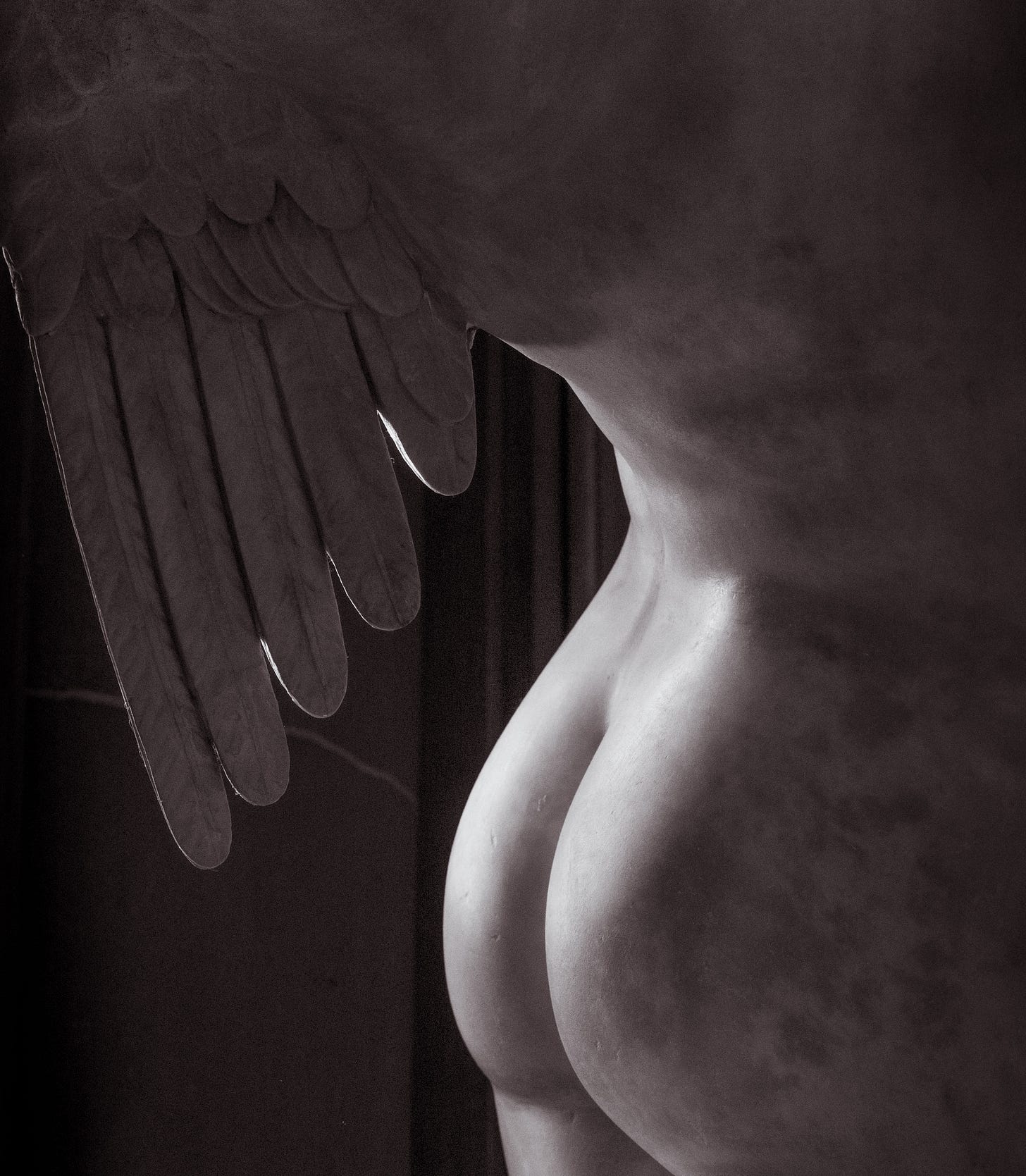
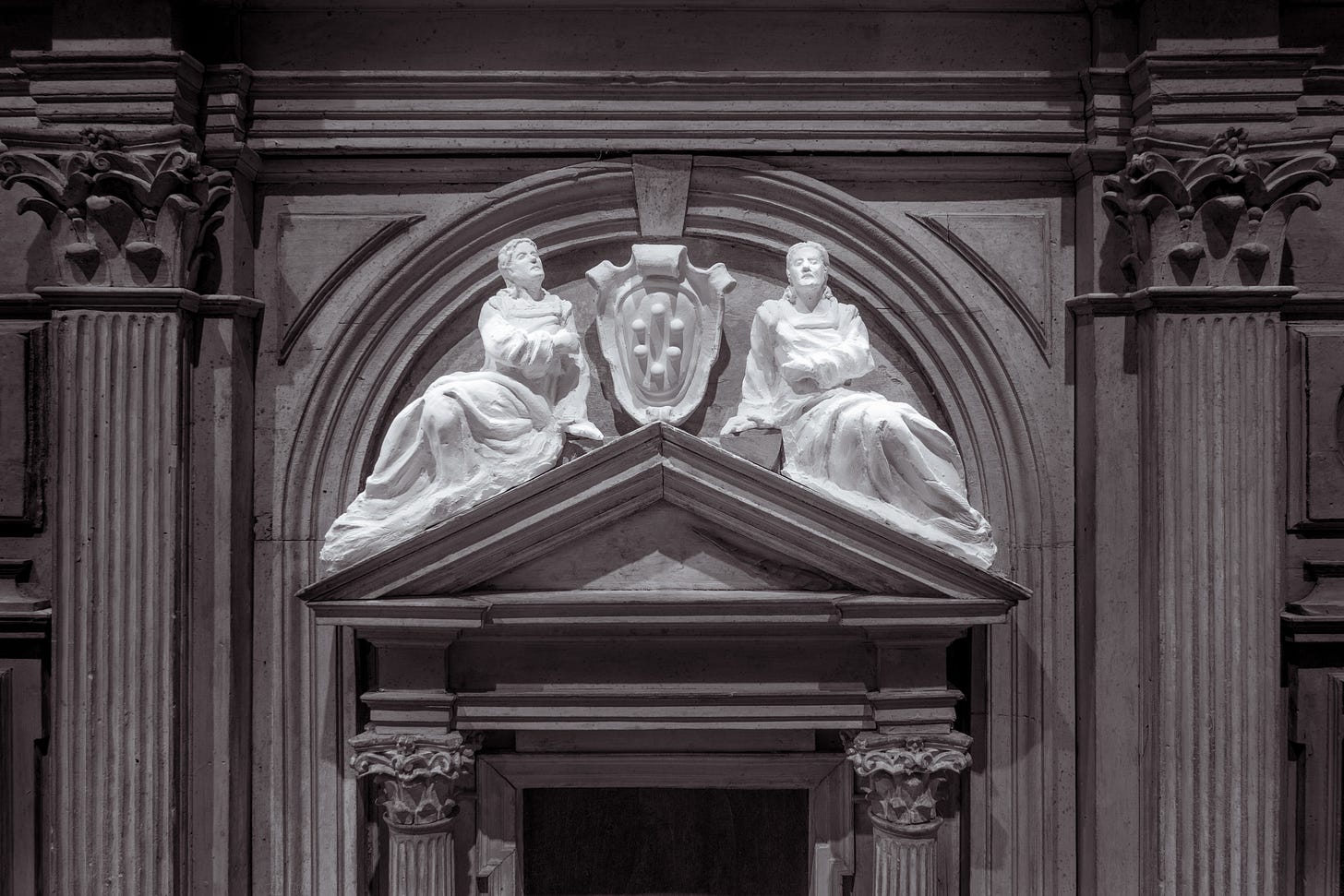
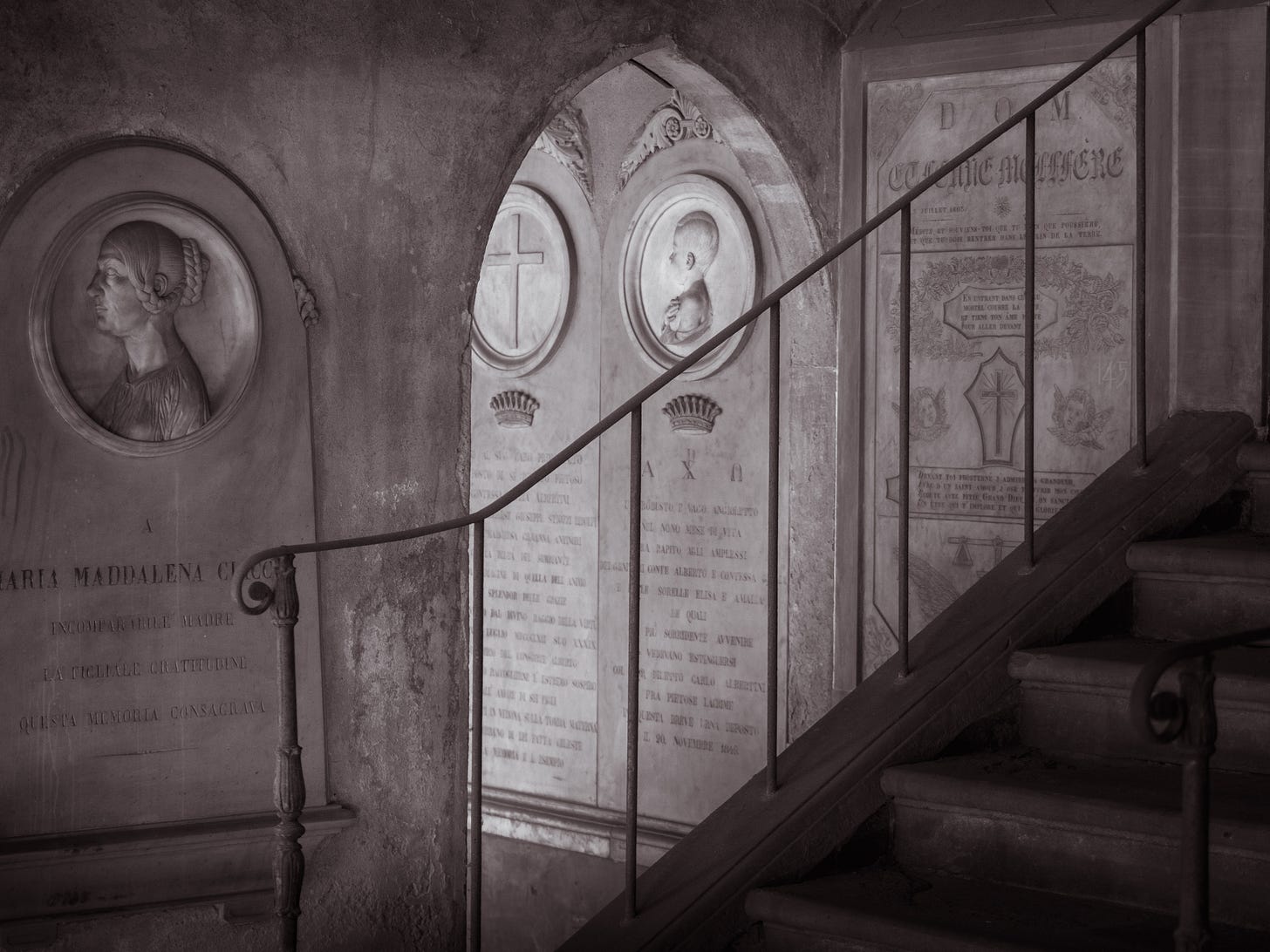
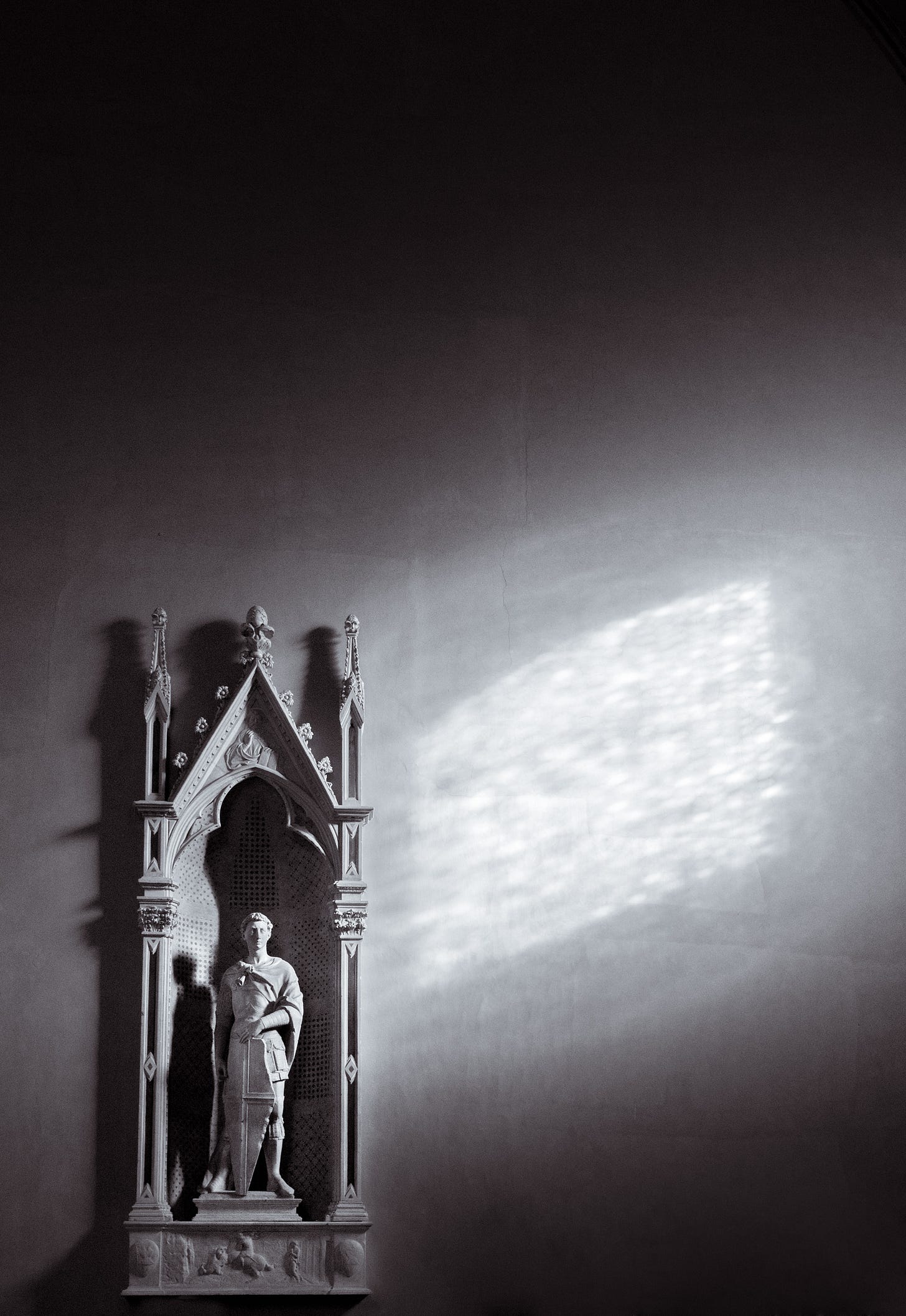
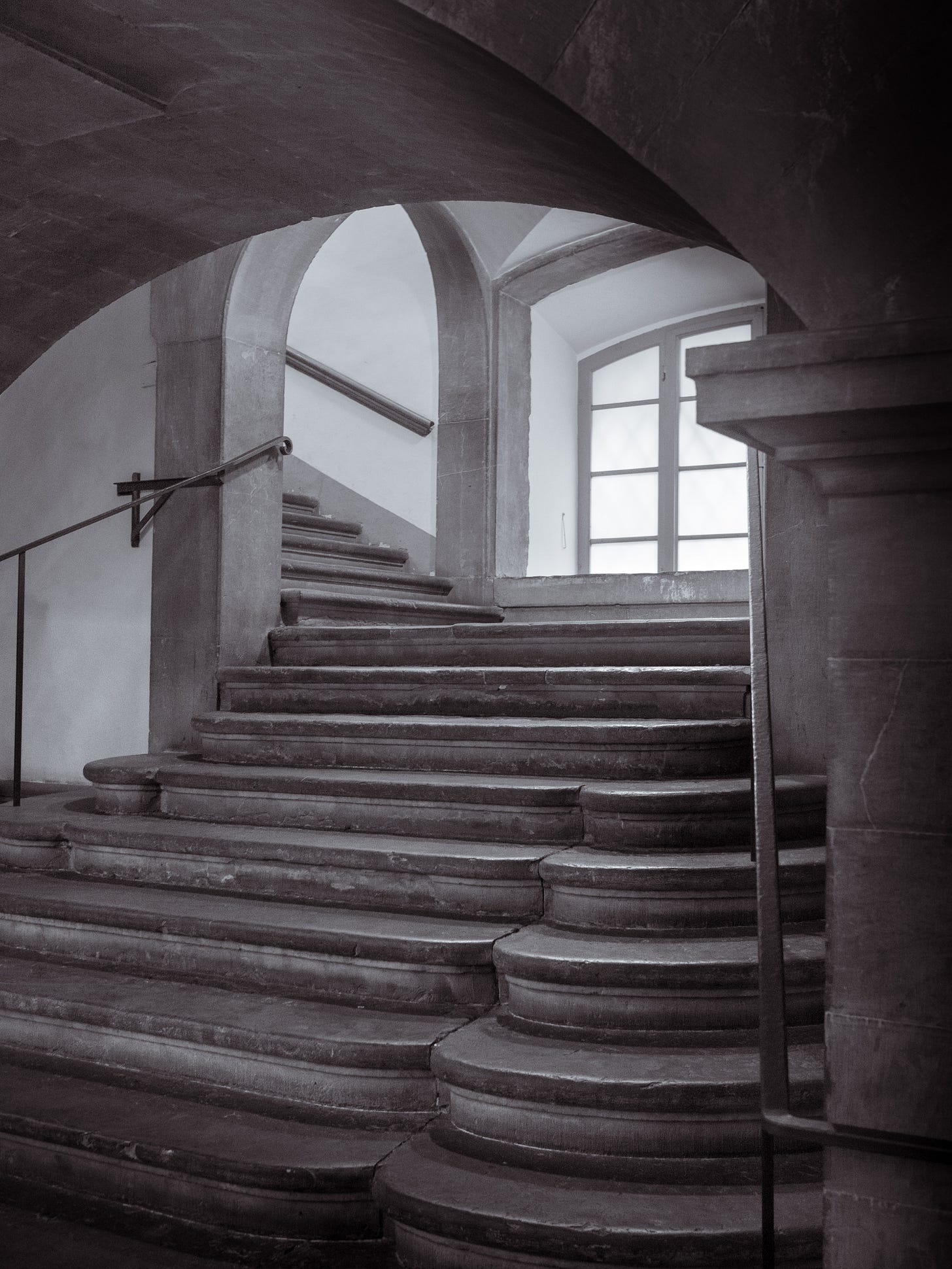

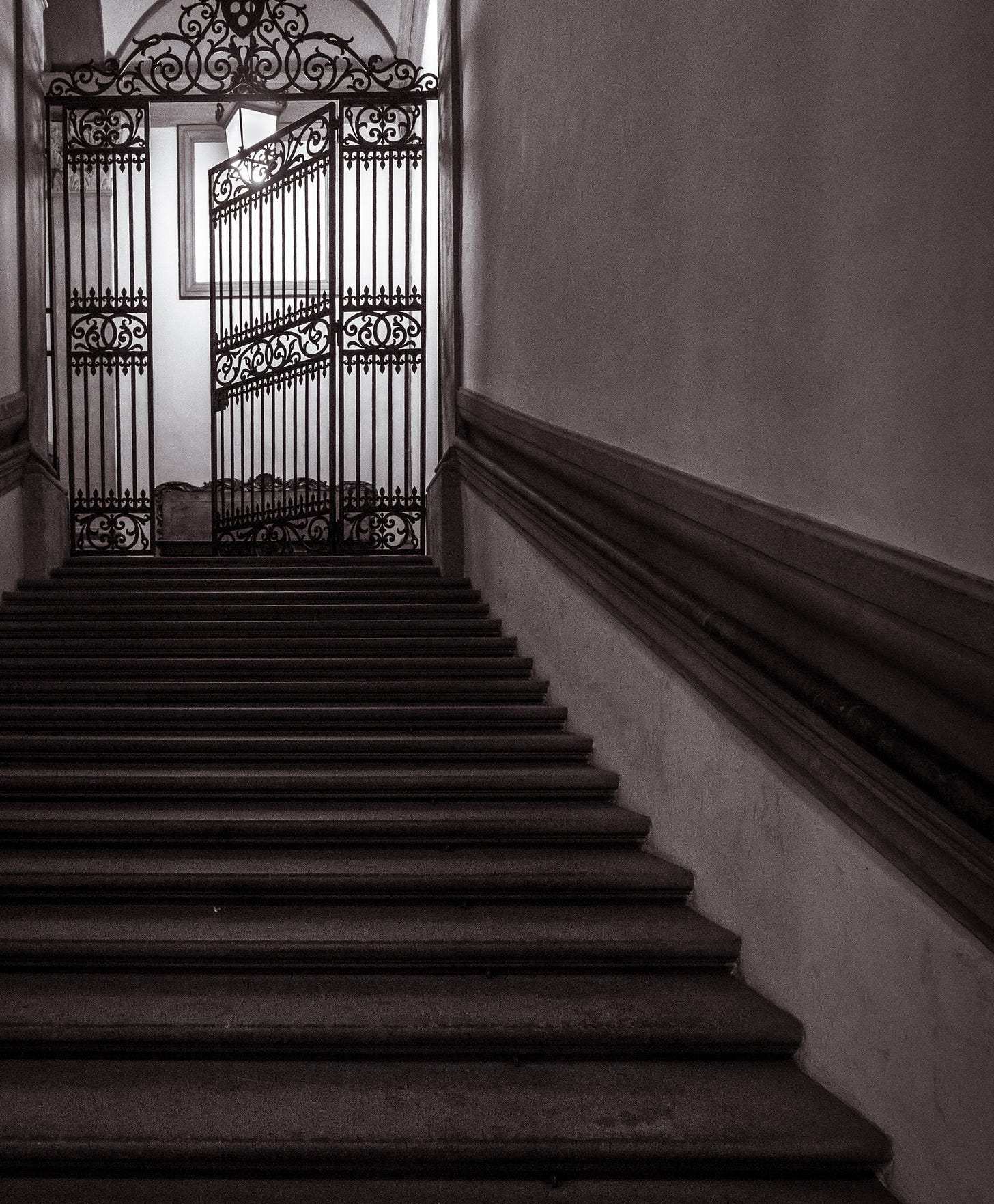
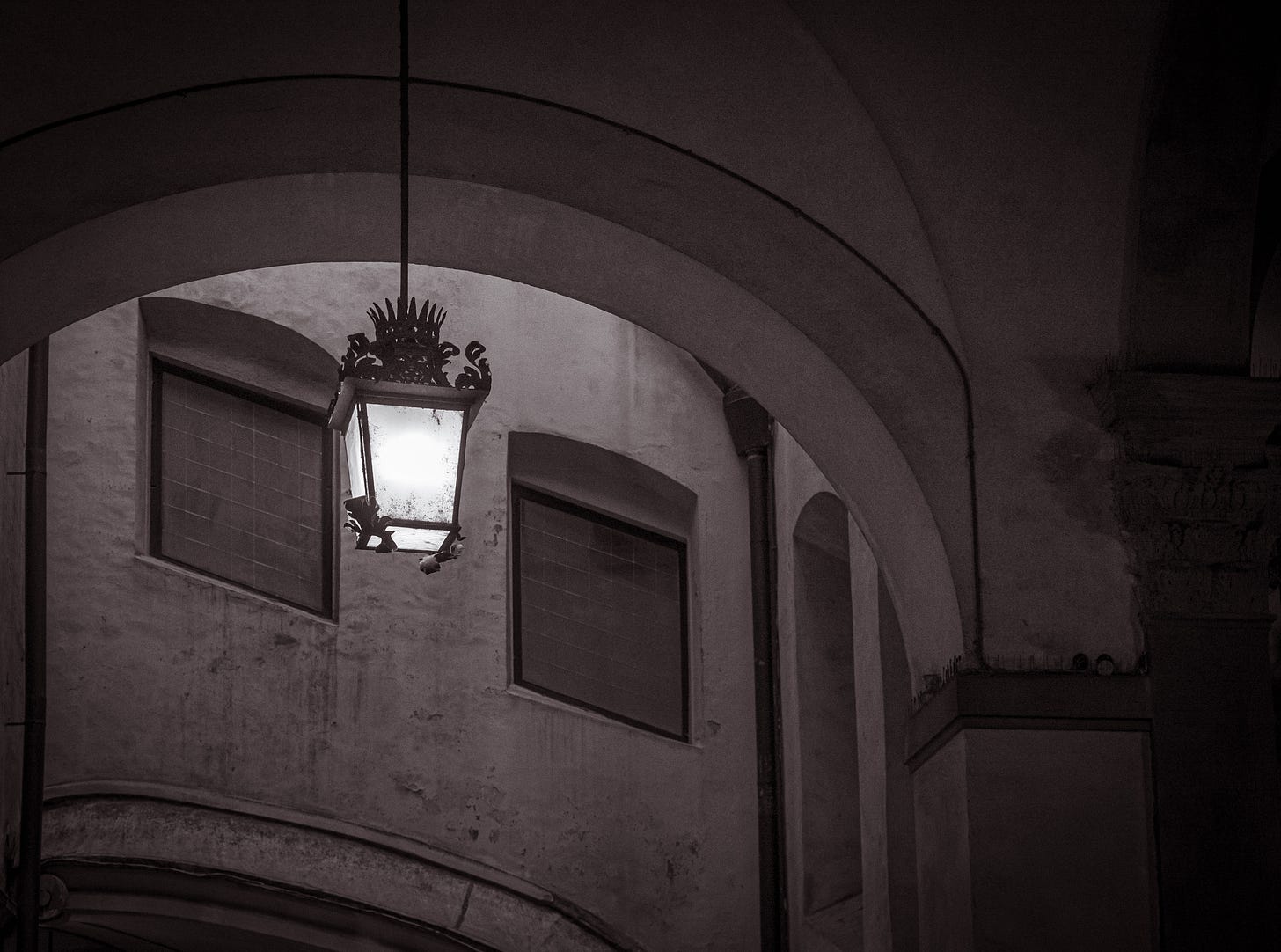
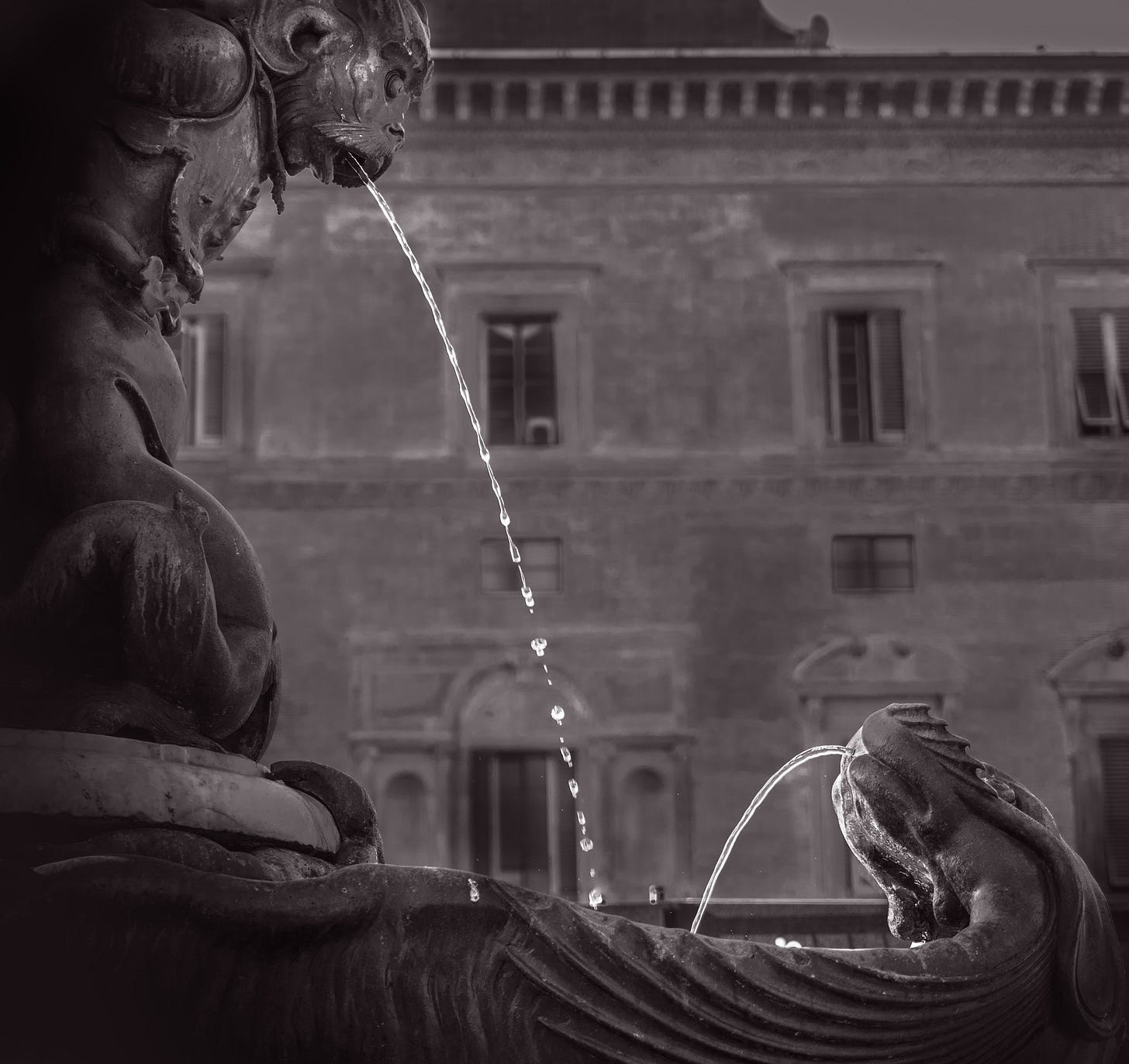
Oh man - that fountain pic. Chef’s kiss! ❤️
Wow, Jeff. This is fabulous. Your writing as always is eloquent and heartful. You are a soulful man. You are right that black and white is the way to show the age, the history and especially the shadows of Florence. Loved this.